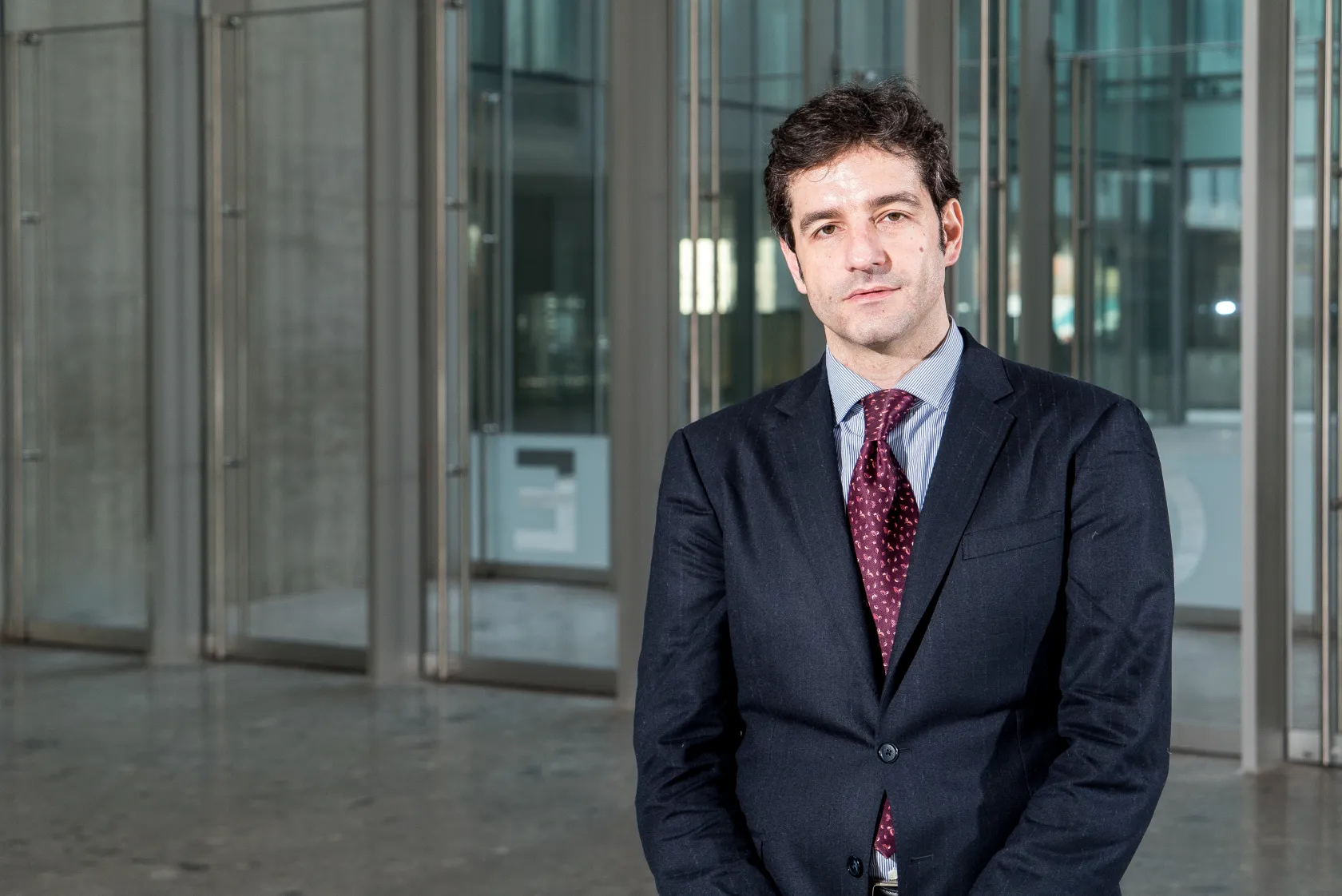
United Nations vs Organized Crime
To what extent and in what ways does the UN Security Council deal with organized crime? In a forthcoming article in the Journal of International Criminal Justice, I have investigated one of the least examined and most recent developments that have characterized the activity of the UN executive body since the end of the Cold War: the commitment to fight various forms of organized crime that determine, contribute to cause or aggravate, 'a threat to international peace and security' asper the fundamental Article 39 of the UN Charter.
From a quantitative point of view, the empirical examination of the resolutions adopted by the Security Council in the decades between 2000 and 2020 shows that the UN executive body has increasingly dealt with crimes such as trafficking of human beings, drug traffic, illegal arms trade, illegal trade in natural resources, money laundering, wildlife crimes, piracy and migrant smuggling. Moreover, the empirical findings of my study seem to suggest an underestimation of the phenomenon by law and international relations scholarws. In fact, it appears that over 40% (489 out of 1219) of the resolutions adopted by the Security Council in the first twenty years of the 21st century concern one of the aforementioned forms of crime, with peaks of 67% and 61% respectively in 2014 and 2017 and with a strong concentration on Sub-Saharan Africa as regards the geographical area most affected by UN rulings.
As for the main modes of intervention, the study shows that the Security Council has moved along lines that were not imaginable by the drafters of the San Francisco Charter in 1945, by adopting an approach and techniques that resemble those of criminal justice applied to individuals. States, in particular with regard to investigations carried out through its subsidiary bodies into the criminal activities existing in countries in question and the imposition of sanctions that the Council may decide on the basis of Article 41 of the UN Charter. With respect to this latter tool, I argue that, in addition to 'punitive' purposes, the use of sanctions against organized crime is characterized by 'regulatory' elements. That is, it is prospective, aimed at the elimination or containment in the future of the potential causes of new crises, also through the involvement of private entities – especially companies and business associations operating in certain economic sectors – to foster shared regulation with the public sector.
Some issues remain open: with regard to investigations (or fact-finding missions) into organized crime activities, the lack of comprehensive guidelines, lack of staff and dedicated resources, and the infrequent use by the Security Council of intelligence operations in coordination with (or in substitution of) the authorities of the states concerned. With regard to the use of the sanctions for the purpose of combating organized crime, the main problem is the lack of adequate mechanisms to protect the human rights of individuals subjected to sanctioning regimes decided by the Security Council due to involvement in criminal activities.
In conclusion, the development of the Council's role to combat organized crime is remarkable and confirms its growing attention to the threats to international security posed by non-state actors. Nonetheless, also this new kind of interventions are necessarily subject to the agreement of the five permanent members (China, France, United Kingdom, Russia and United States), which partly explains their concentration in areas which, at least for the moment, are not affected by disputes between great powers over spheres of influence.